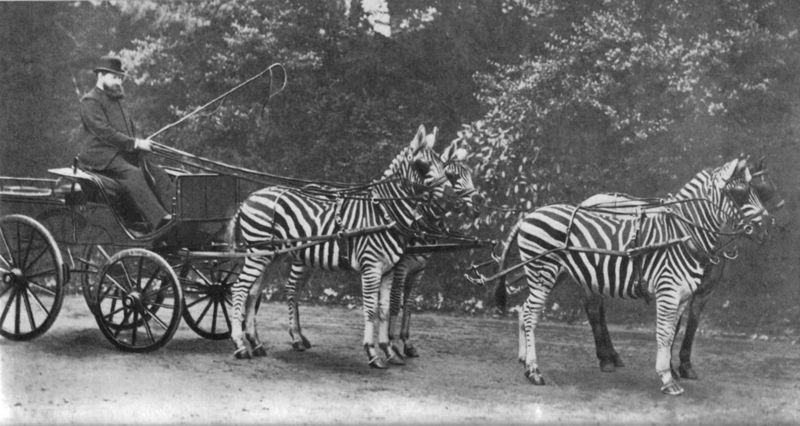
Domesticated animals are animals that have been selectively bred over many generations for specific traits to make them better suited for a life among human companions. The process of domestication takes thousands of years as it goes through generations of specific species to filter out the desired traits. Some animals have recently gained popularity among humans and therefore are not domesticated but merely tamed. Wild animals born in captivity may be more tolerable to humans, but because they have not gone through generations of domestication they are still considered wild, and will most likely suffer in captivity as their natural habitat can not be duplicated. Here are 12 of the weirdest and dangerous animals that humans tried to domesticate or tame:
Moose
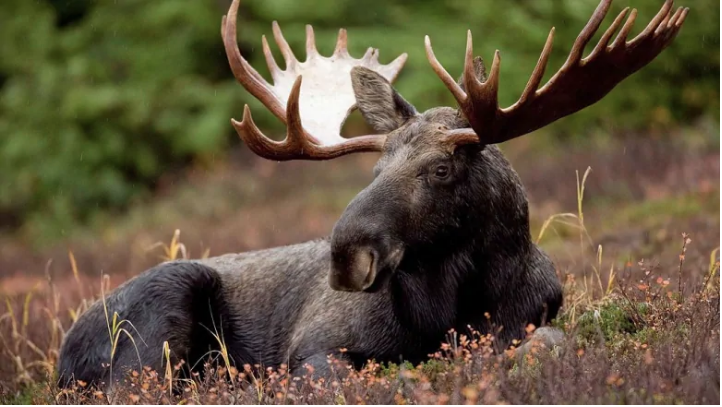
A couple centuries ago, when King Karl XI ruled Sweden and when horse cavalries were a thing, humans tried to domesticate the moose. Horses apparently weren’t glamorous enough for the king, so he had his men capture the moose to replace his horses. He wanted an animal that would have the enemies horses fleeing for the hills and decided that the moose was exactly that animal. Except it wasn’t.
The King eventually found out that the moose was too dangerous to approach. Things only got worse during mating season when the animal became more aggressive. They also found out that the moose was more susceptible to disease (than the horse) and had a diet that was difficult to provide for.
The moose were also exceptionally smart creatures. It became difficult to bring them on the war front as they wouldn’t go close to where another moose had died and would flee the scene the moment a moose was killed.
Hippos
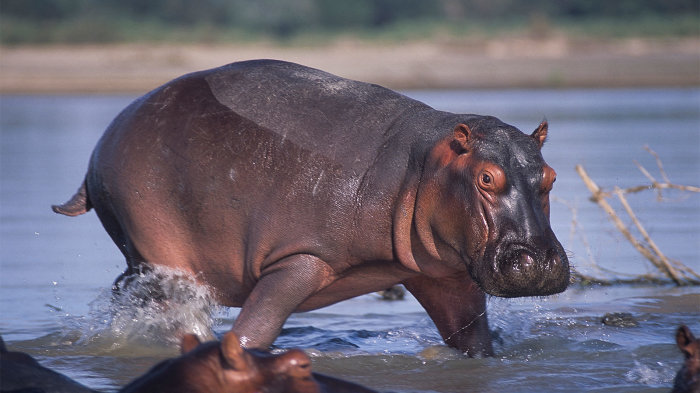
In 2011 Marius Els, an army major and a South African farmer died after a failed attempt to domesticate a 5-year-old hippo that weighed over a ton. The hippo was considered a pet to Els, he even named him “Humphrey.” Els thought that his and the hippos bond was like father and son. He often took Humprey swimming and even rode him once. However, the hippo didn’t consider Els to be a father figure and killed him in the same river that they swam in. His dismantled body parts later found in the river by other villagers.
Zebras

In the 19th and 20th century in Africa, colonists encountered problems with their horse companions. Horses were more susceptible to diseases (than the zebra) and it wasn’t always viable to ship horses from Europe. Due to this, they decided to try and domesticate the zebra. It seemed, at the time, to be a good choice as it was a close relative to the horse and the donkey–both of whom have been domesticated.
However they soon learned that the zebra could not be domesticated as the animal had very aggressive and alert traits. The zebra is a very fast animal, and will run at the slightest hint of danger. If the zebra is caught, it delivers strong kicks and bites to try and flee.
The colonists were somewhat victorious in their endeavors as they managed to capture and tame some zebras. But alas they soon learned that the zebra is a smaller animal than the horse, and extremely tiring to ride, and can get very aggressive after some time.
Chimpanzees
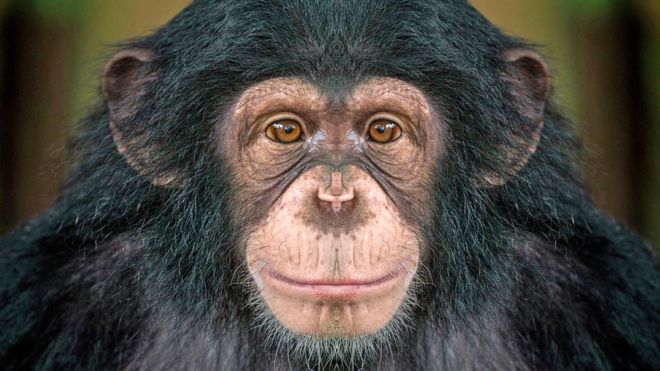
Chimpanzees may seem like an odd and difficult choice for a pet but that hasn’t stopped some people from trying! Adopting a chimpanzee is a lifelong commitment, to say the least as their lifespan measures 50 years. They also need lots of space and a strong enclosure to roam around in as they can grow to be 200 pounds and twice as strong as humans.
Baby chimpanzees are adorable, they look a lot like human babies from their eyes to their toes and fingers. Most people adopt chimpanzees as babies, as no one wants to buy a 200 pound primate. In 2009 a woman’s pet chimpanzee that weighed approximately 200 pounds, muled another women outside his adopted home. His owner, Sandra Herold, stabbed him with a butchers knife while the police shot him to death. Carla Nash, suffered life changing wounds to her face. Chimpanzees will always have naturally wild instincts.
Hedgehogs

Hedgehogs have recently gained a lot of popularity as pets. They were bred from an African species and are now considered somewhat domesticated.
Like a porcupine, hedgehogs have a prickly outer layer, which they use as a defense mechanism. When threatened they roll their bodies into a tight ball, forcing their spines to point outwards, hiding their face or limbs from the predator. Because the hedgehog has a very strong muscular back it is almost impossible for one to be rolled open without his consent.
Hedgehogs require a lot of time bonding with people for them to become socialized. If they are not given a healthy amount of time, the hedgehog may remain, nervous, jumpy and tightly curled up for most of its life.
African Rock Python
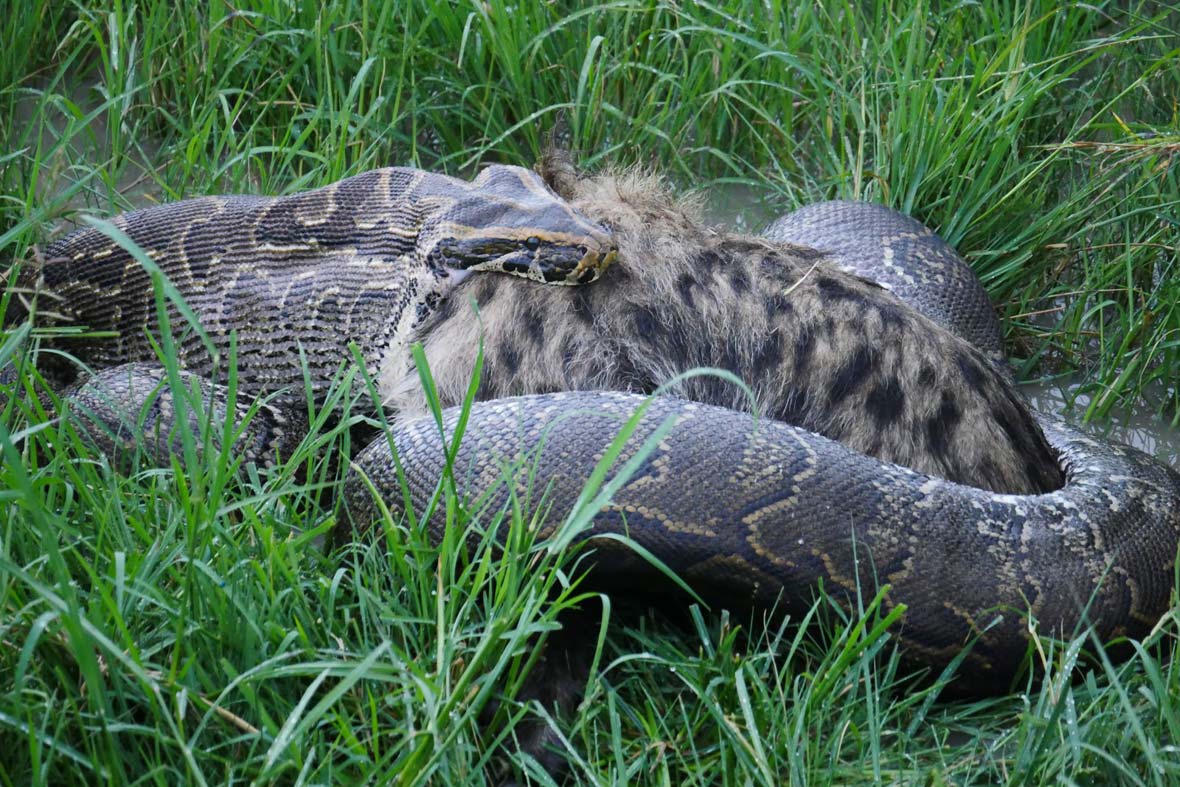
There are 26 species of pythons known in the whole world, and the African rock python has the worst reputation to date. The rock python is the world’s largest python measuring at 20 ft long. Their massive size is one of the reasons why they’re very difficult to tame.
Kenneth Krysko, Senior Herpetologist at the Florida Museum of Natural History in Gainesville said, “I personally don’t see why people need to have these things as pets—they’re not good pets,” they are so ill mannered that “they come out of the egg striking.” For food, the African rock python can eat any warm-blooded animals. They have also been known to attack humans. Pythons have flexible lower jaws that allow them to eat larger prey.
Knowing what we know about the African rock python, it would seem that people would avoid them to the best of their ability, however it seems that their lack of love for humans isn’t common knowledge. In 2013, two boys, aged five and seven, were found dead due to an African rock python attack in New Brunswick, Canada. The python had escaped from an excotic pet store located underneath their apartment through the ventilation system and attacked the boys in their sleep.
People have been known to keep pythons and boas as pets, but professionals advise against it as they are wild and dangerous animals that are nearly impossible to domesticate.
Tarantulas
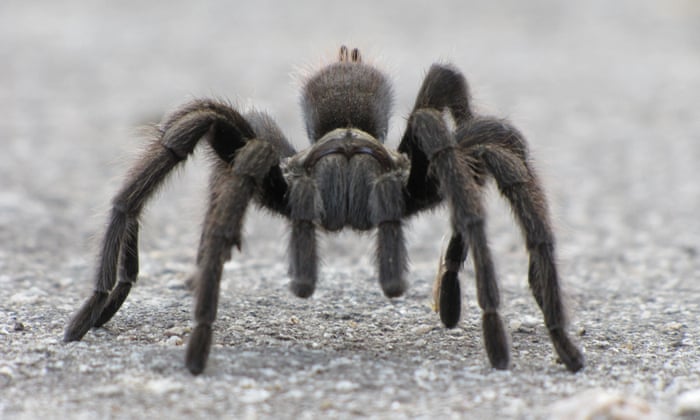
Recently tarantulas have gained some popularity as human pets, however before purchasing a tarantula as a pet one should consider that they are not pets that should be domesticated. They are dangerous and need to be handled with extreme care. Handling one with bare hands should never be considered as they have large fangs and an aggressive nature. When threatened, they quickly scrape hair (called: urticating hair) from the sides and back of their abdomen into the eyes, nose or lungs of their “predator”. These hair are coated with chemicals that can cause itchy eyes, skin or irritated membranes. To remove these hair from the eyes, one would have to go through surgery.
When removing moult skins from your tarantulas cage it is extremely recommended not to look directly at the spider and to not make any sudden movements to intimidate the spider. It is unclear why anyone would want to domesticate an animal that they couldn’t look directly at without a barrier in between. But to each their own.
Wallaroo
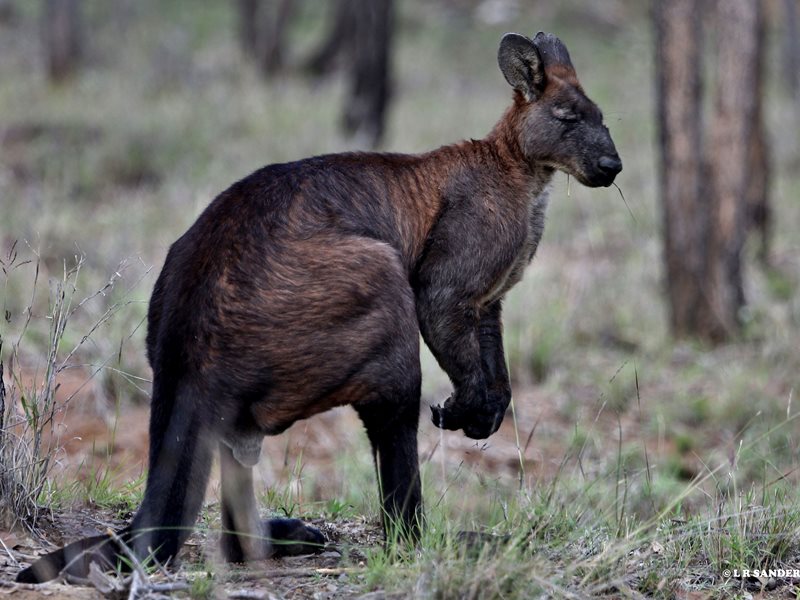
A wallaroo is a miniature version of a kangaroo and they require much less room and care than its full-sized counterpart. Wallaroos can easily be found in Australia. They have a lifespan of up to 19 years, so they require dedication and commitment from the get go. They can reach 56” in length and can weigh up to 100 pounds!
Wallaroos can be quite costly however, and the cost of their care may need to be taken into consideration before adopting one. They eat mostly grass and shrubs, and require a large fenced off space for their jumping and roaming needs.
Skunks
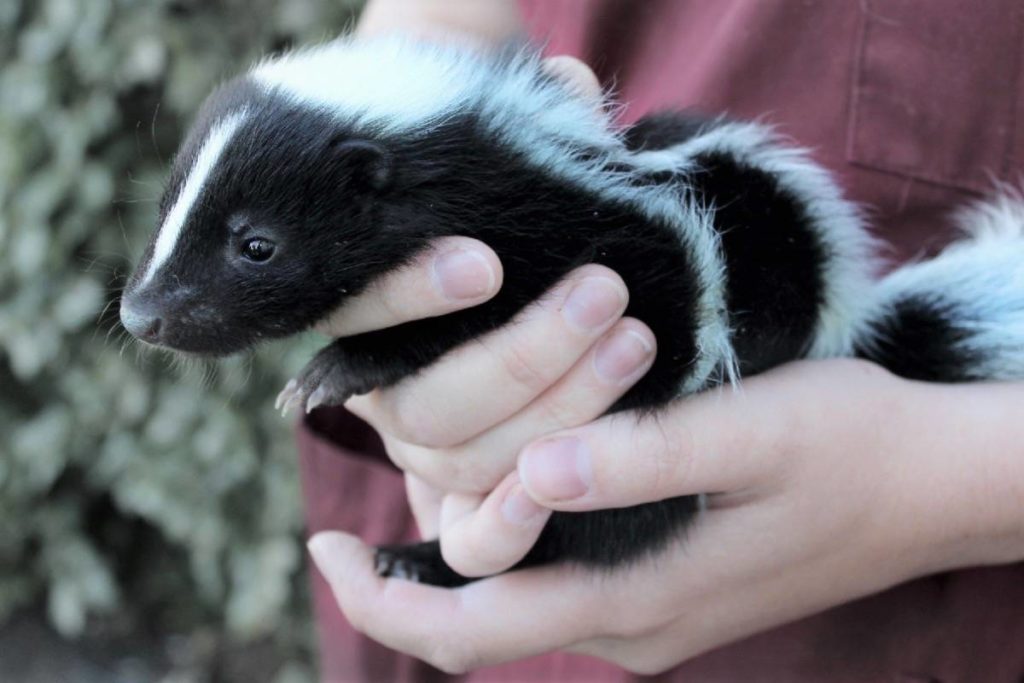
When most people hear that there’s a skunk nearby, their natural instincts would be to run and take cover.
So one would think it unusual for a skunk to be considered someone’s pet. However, some people have housed and domesticated skunks. However, for this to happen, a pet skunk’s “scent glands” would be removed by a veterinarian at around 4 weeks old. However, removing their scent gland, essentially takes away their defence mechanism and their ability to survive in the wild. So if you adopt one, and then decide to release, it will have no way to defend itself against predators. In nature, skunks are known to be affectionate, caring and playful animals. If left too long without simulation they can become destructive–thanks to their long nails (much like cats and dogs). Skunks in captivity live to be around 15 years old and can weigh up to 18 pounds.
Two-Toed Sloth
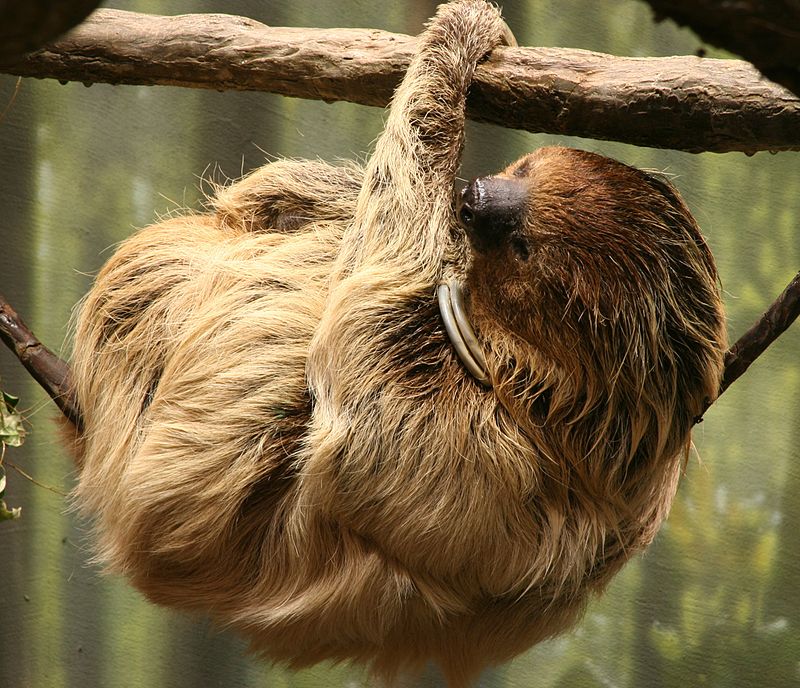
The sloth has recently become quite popular among the pet world, nothing is more sought after than a pet sloth in the illegal animal trade. It ranks to be the third most lucrative enterprise in Colombia after drugs and guns. It is important to remember that these are not domesticated animals and they belong solely in the wild.
Given their popularity one would assume that these animals would be amazing pets but alas that assumption is extremely incorrect. Sloths may seem cute and gently but are extremely fussy animals. They adhere to their natural setting and do not enjoy being petted, groomed or bathed. And to top it off, none of the 6 sloth species can survive on their own outside of a tropical rainforest.
